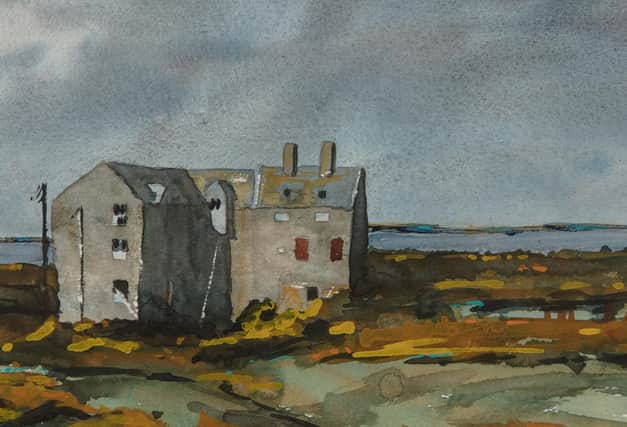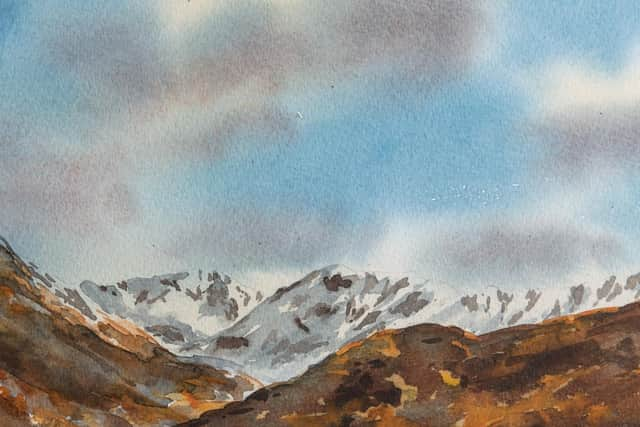Prince of Wales 'transported to another dimension' by painting Scottish landscapes


Seventy-nine of Charles’s watercolours – the first full exhibition of his work in the medium – are being exhibited at The Garrison Chapel in Chelsea, London.
The atmospheric paintings depict Scottish landscapes such as the Huna Mill in John O’Groats and Glen Callater near Balmoral, and outdoor scenes from Provence in the south of France and Tanzania in East Africa – one the prince’s favourite places to paint.


Advertisement
Hide AdAdvertisement
Hide AdIn a display panel, Charles reveals how the hobby “refreshes parts of the soul which other activities can’t reach”, and how he started painting after finding little joy in photography.
Of the therapeutic benefits, he writes: “You become increasingly aware of things that may have escaped your attention previously – things like the quality of light and shade, of tone and texture and of the shape of buildings in relation to the landscape.
“It all requires the most intense concentration and, consequently, is one of the most relaxing and therapeutic exercises I know.
“In fact, in my case, I find it transports me into another dimension which, quite literally, refreshes parts of the soul which other activities can’t reach.”
But he admits he is “appalled” by the quality of his early sketches.
“I took up painting entirely because I found photography less than satisfying,” he writes.
“Quite simply, I experienced an overwhelming urge to express what I saw through the medium of watercolour and to convey that almost ‘inner’ sense of texture, which is impossible to achieve via photography.
“I very quickly discovered how incredibly difficult it is to paint well in such a spontaneous medium, and the feeling of frustration at not being able to achieve on paper the image that your eye has presented you with is intense.
Advertisement
Hide AdAdvertisement
Hide Ad“Looking back now at those first sketches I did, I am appalled by how bad they are. But, nevertheless, the great thing about painting is that you are making your own individual interpretation of whatever view you have chosen.”
He adds: “I am under no illusion that my sketches represent great art or a burgeoning talent.
“They represent, more than anything else, my particular form of ‘photograph album’ and, as such, mean a great deal to me.”
The display, in The Prince’s Foundation exhibition space at the chapel, began before Christmas and reopens on Monday for an extended run until February 14.
Rosie Alderton, curating the exhibition for The Prince’s Foundation, said: “His Royal Highness has said before that he likes to sit in the actual environment … his passion for creating beautiful art is conveyed strongly in this exhibition.”
Charles paints whenever his schedule allows and he usually takes his treasured sailcloth and leather painting bag with him on royal tours in the hope he will have time to do so.
His interest – fostered by his art master Robert Waddell at his school Gordonstoun – grew in the 1970s and 1980s as he was able to meet leading artists.
He discussed watercolour technique with the late Edward Seago and received further tuition from professionals such as Derek Hill, John Ward and Bryan Organ.
Comments
Want to join the conversation? Please or to comment on this article.
